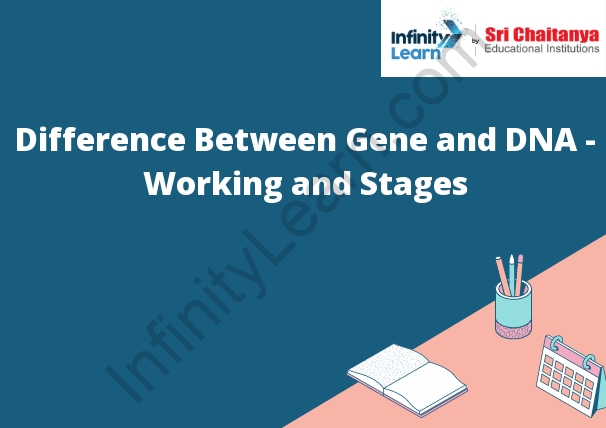Table of Contents
What is Genes?
Genes are the basic physical and functional units of heredity. Genes are made up of DNA, and they are passed from parents to their children. Genes encode the information necessary to create proteins, which carry out the many functions of the cell.

Gene Expression
Gene expression is the process by which specific genes are activated to produce a specific protein. The process begins when the gene is transcribed from the DNA into RNA. The RNA is then translated into a protein.
Stages of Gene Expression
The Gene expression process has four main stages:
- Transcription: This is the process where the DNA is converted into RNA. This is done by the enzyme RNA polymerase.
- Translation: This is the process where the RNA is converted into protein. This is done by the enzyme ribosomes.
- Post-translational modifications: This is the process where the protein is modified after it has been translated. This includes things like adding or removing sugars or phosphate groups.
- Regulation: This is the process where the gene expression is controlled. This includes things like controlling the amount of RNA polymerase or ribosomes, or controlling when and where the genes are expressed.
What is DNA?
DNA is the molecule that contains the genetic information of a cell. It is a long, thread-like molecule that is made up of two strands that wrap around each other. The genetic information is coded in the sequence of the bases, which are the building blocks of DNA.
Structure of DNA
DNA is a double stranded molecule that is made up of two complementary strands. The strands are held together by hydrogen bonds between the nitrogenous bases. The nitrogenous bases are adenine, thymine, cytosine, and guanine.
Difference Between Genes and DNA
Genes are the basic units of heredity. They are made up of DNA, and they carry the information that determines how an organism looks and behaves. DNA is the molecule that carries the genetic information in cells.
Difference Between Genes and DNA
Genes are the blueprints of life. They are the instructions that dictate how an organism grows and develops. DNA is the molecule that carries these instructions. It is made up of long chains of units called nucleotides. Genes are encoded in the DNA sequence.
Chromosomes
A chromosome is a DNA molecule that is tightly coiled around proteins called histones. Chromosomes are found in the nucleus of cells.
Chromosomes are made up of genes. Genes are made up of DNA. DNA is made up of four chemicals: adenine (A), cytosine (C), guanine (G), and thymine (T). These chemicals are called bases. The order of the bases in a gene spells out the instructions for making a protein.
Chromosomes are numbered according to their size. The smallest chromosome is number 1 and the largest chromosome is number 22.









